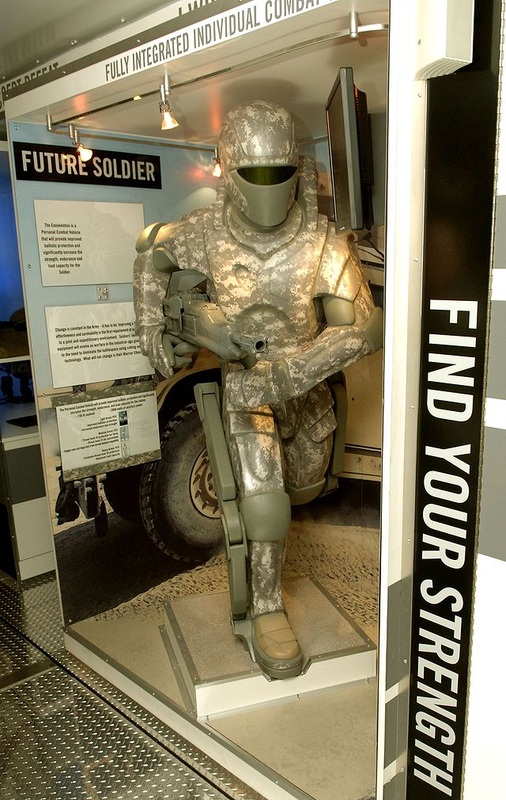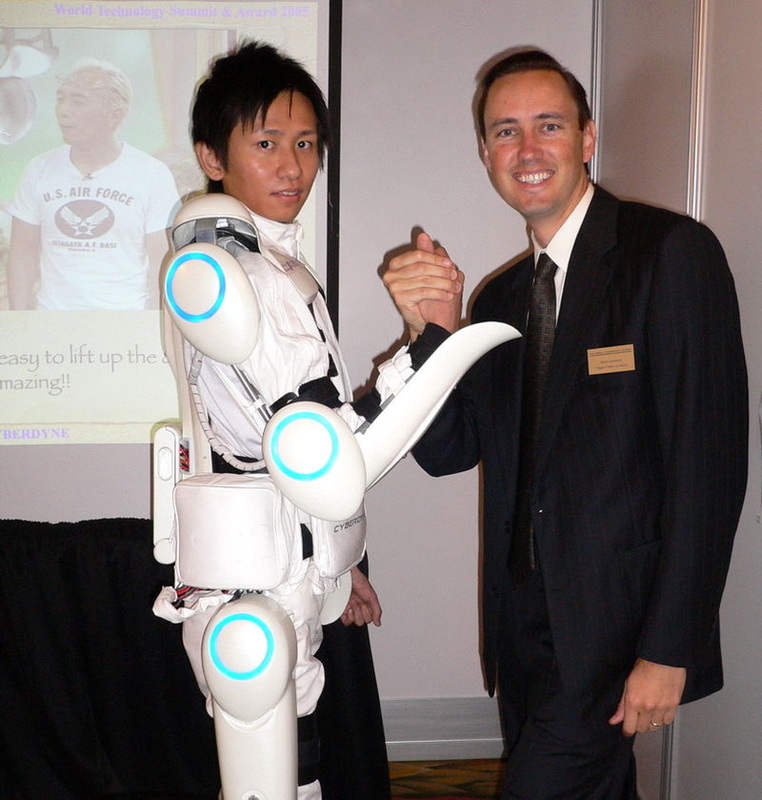So goes the early chapter of “Unto Persephone,” my second novel which exclusively follows a power armor pilot as he becomes mired in conspiracy and his own personal downfall.
Whether you call it power armor, powered armor, or a powered exoskeleton, the trope has been present in science fiction since at least the late ‘40s in E. E. Smith’s “Lensman” series, but “Starship Troopers” by Robert A. Heinlein truly gave rise to the concept of military power armor. “Starship Troopers” is an amazing read, and I make no bones about owing a great debt to Heinlein and his genius. Without it, we wouldn’t have modern favorites such as the power armor featured in the Fallout video games, the Space Marines and Tau of Warhammer 40,000, and, of course, the MJOLNIR armor worn by Spartan soldiers in the Halo video game franchise.
But how to cure that pesky power supply problem? In my own novel the suits rely on a hybrid system of advanced batteries with backup generators that kick in only during extended operations. Running around with a nuclear backpack is not necessarily ideal for battlefield conditions, though, so speed, stealth, and planning are essential elements to the survival of any power armor squad.
In more advanced suits of armor, the advances I’ve covered in bionics/cybernetics would most certainly be applicable. Take, for example, the Japanese developed Hybrid Assistive Limb suit. Though designed for utility rather than combat, the unit boasts an amazing feature: signals sent from the brain are read by the skeleton’s onboard computer and then relayed to the limbs faster than the human nervous system can react, making the suit actually faster than the wearer.
The basic truth behind all this is that power armor is an emerging technology, one that is a cumulative effort between different fields. If we develop a power supply that is small and robust enough to be mounted to armor, then there’s no question we will see soldiers operating in theater with powered exoskeletons, effortlessly lugging .50 BMG rifles over mountains without even breaking a sweat. As for those of you hoping that giant robots would come into play here, I have a sad truth to reveal: the physics just don’t allow for it to happen. Giant robots are a huge fetish for me as well, but because volume increases at a cubed rate to area, you just end up with a massively heavy pile of parts that won’t be fighting anywhere.
A.C. Harrison
Like what you see here? Spread the word and support indie authors! Follow me on Facebook or Twitter. Find me on Smashwords and Kindlemojo.




 RSS Feed
RSS Feed